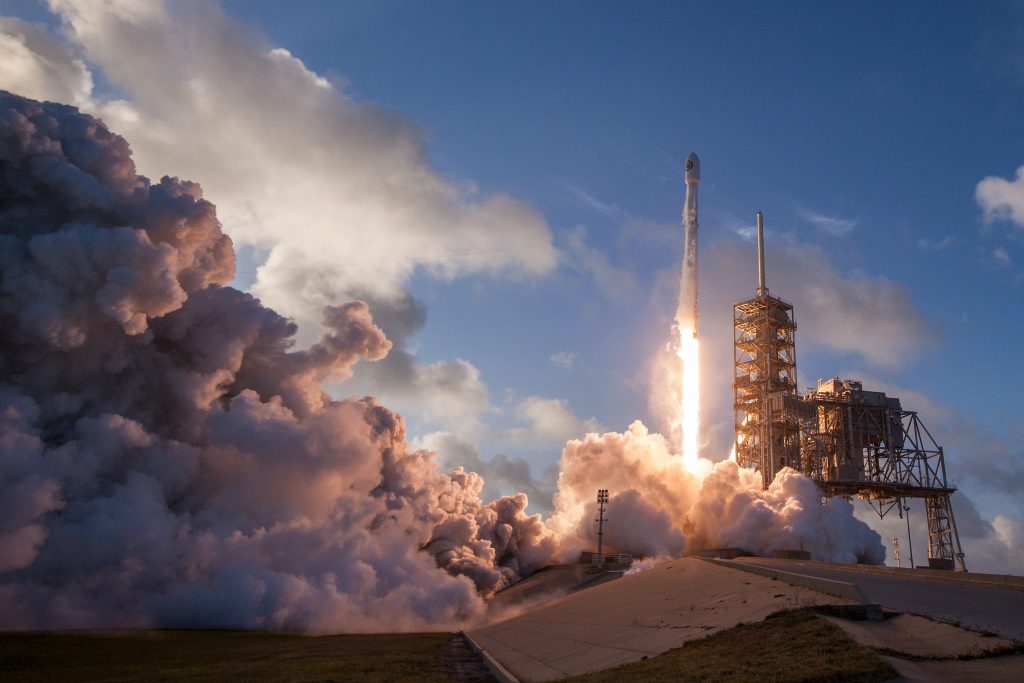Be part of the future with us!
Register now for our online product launch event on May 23rd.
The word “satellite” was first used in an astronomical sense to describe a small object orbiting around a larger object in space. Today, the term “satellite” usually refers to an artificial object orbiting Earth or another planet. These machines play vital roles for governments, businesses, and societies around the world. At the same time, those roles often go unnoticed because few people see satellites in their daily lives.
This is the first in a series of articles that we hope will bring the benefits of satellites — and a new generation of small satellites — into clearer focus.
Like an apple falling from a tree, an object magically placed hundreds or thousands of kilometers above Earth’s surface would fall to the ground. Artificial satellites keep their altitudes because their speeds balance Earth’s gravitational pull. To reach orbit, a satellite must be accelerated to speeds as fast as 10 kilometers per second.
Although the physics are the same, we use three broad categories to define orbits around our planet:
GEO is a special orbit that matches Earth’s 24-hour rotation. These satellites appear in the same position in the sky. GSO satellites also match Earth’s rotation but move from north to south during the day.
LEO is the home of most small satellites. Their orbits carry them around the Earth at certain angles relative to the equator, called inclinations, which allows the satellite to cover the entire Earth.
NanoAvionics MP42 small satellite taking selfie video from Low Earth Orbit (LEO):
A rocket launch is the only way to get a satellite into orbit. These launch vehicles must push the satellite high enough and fast enough to keep Earth’s gravity from pulling everything back to the ground.
Most launch vehicles are designed to carry the largest satellites into high orbits. When the primary payload is a lighter satellite heading to a lower orbit, the rocket will have unused capacity that small satellite operators can purchase. Rideshare programs let small satellites hitch a ride into orbit for less money than a dedicated launch.
Another way small satellites reach orbit is by catching a ride on the International Space Station’s resupply missions. Special airlocks let astronauts eject satellites into the station’s 400 km orbit.

The Soviet Union’s launch of Sputnik 1 in 1957 ushered in the Space Age. Explorer 1 became the United States’ first satellite one year later. The multinational organization INTELSAT launched the first communications satellite in 1965. As of 2022, satellites from more than 100 countries have reached orbit about the Earth — and beyond.


Since the world first listened to Sputnik’s radio beacon, the variety of space applications has multiplied. Satellites serve many military, civil, research, and commercial purposes.
Here is an example how satellites can be used for research – testing solar sails as CubeSat propulsion system:
Over the first four decades of the Space Age, the most productive satellites shared common properties:
Since 2000, however, a new class of small satellites has opened the door for innovative New Space companies to make space applications more accessible to people around the world.